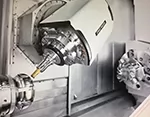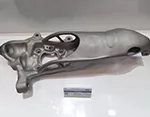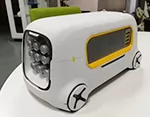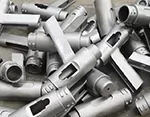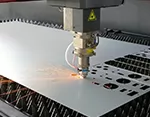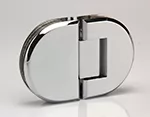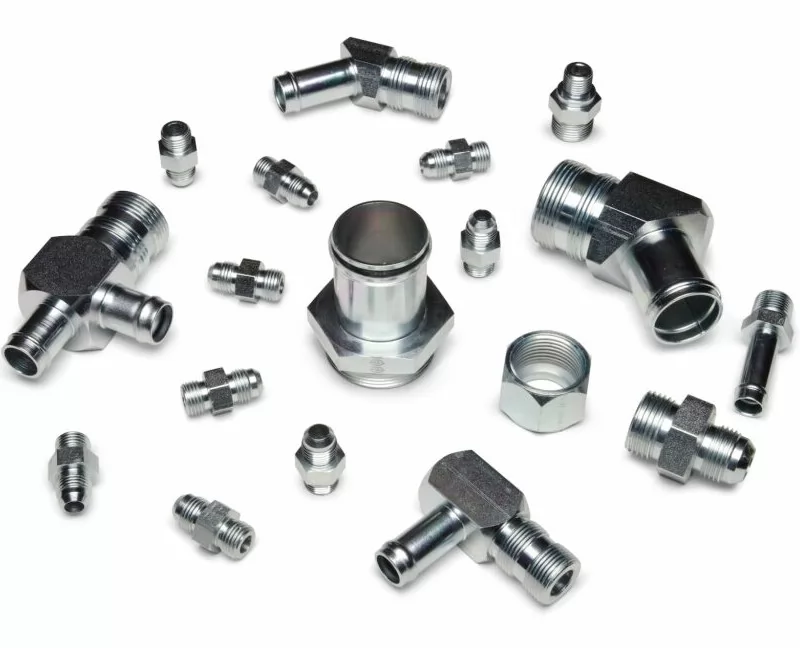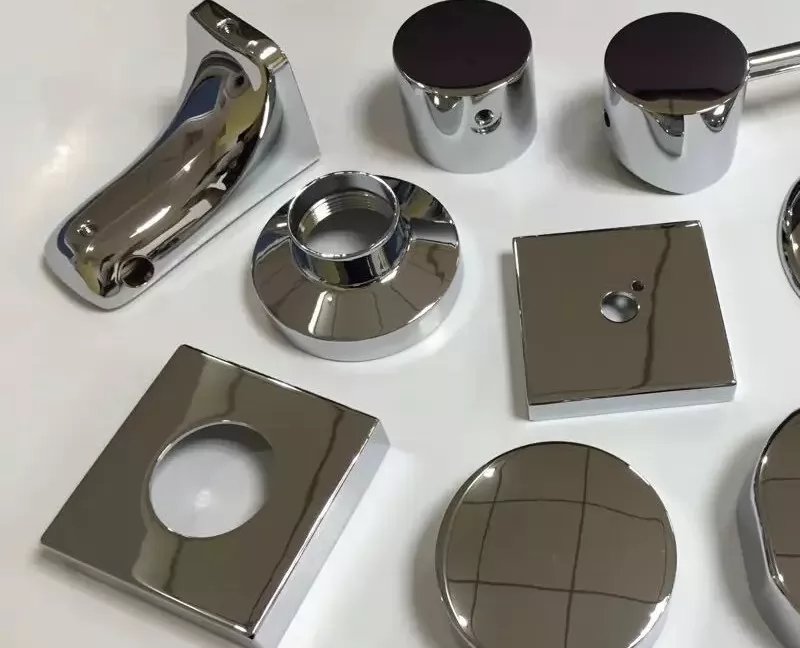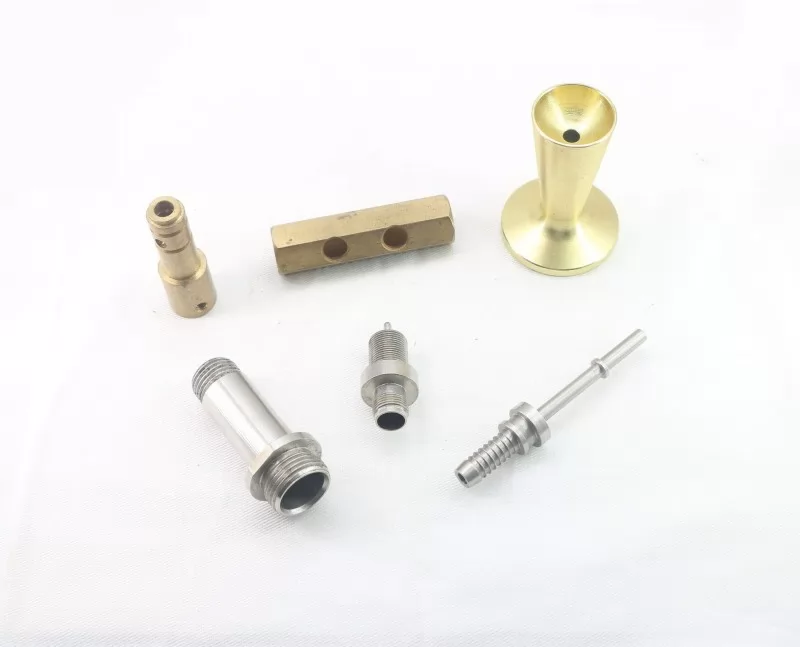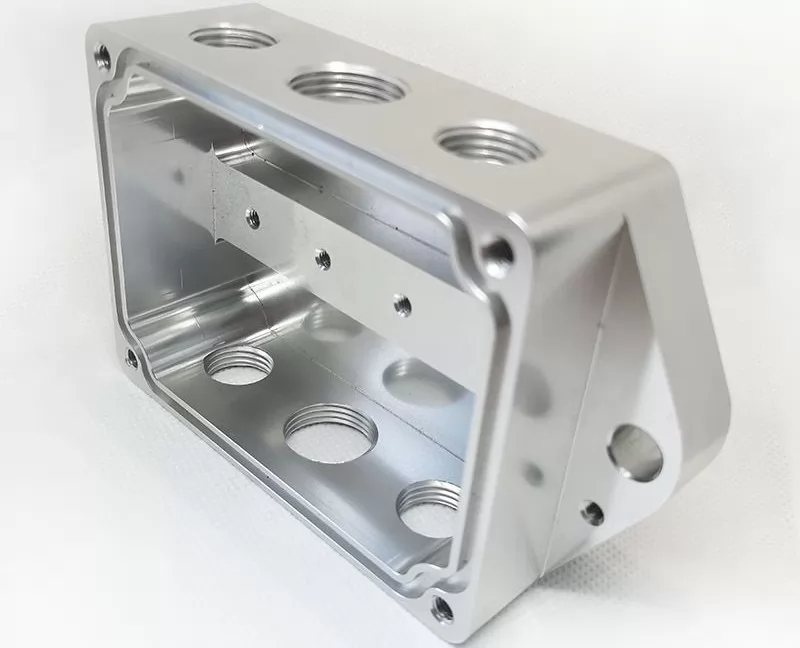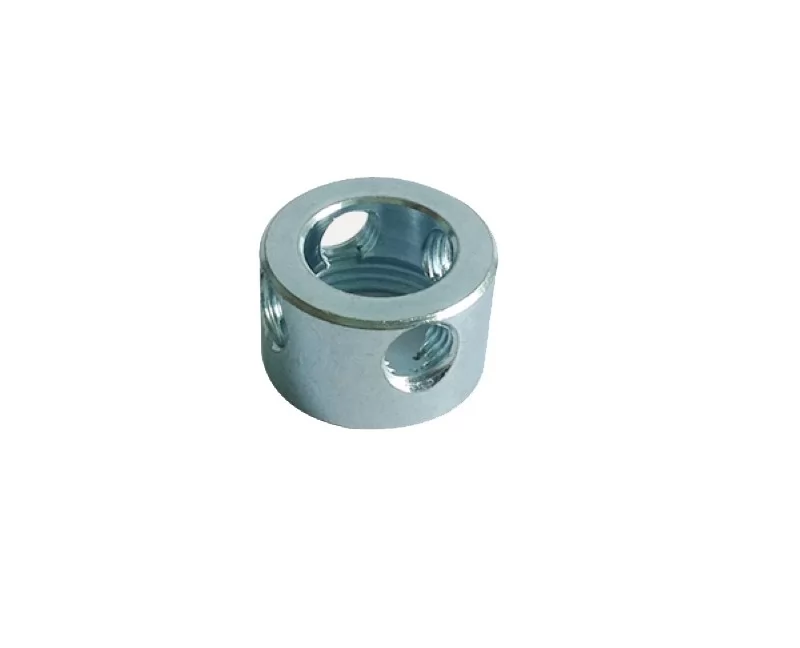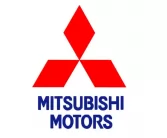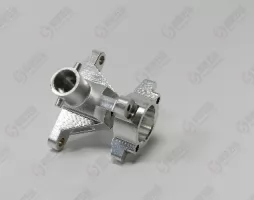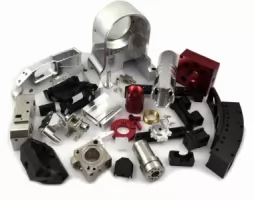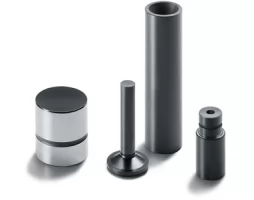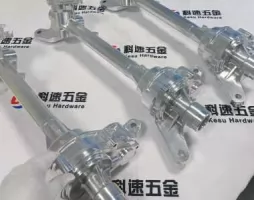-
Service
+
- CNC Precision Machining Service +
- Multi-Axis Simultaneous Machining Service +
- CNC Turning Service +
- Metal 3D Printing Service +
- Rapid Prototyping Service +
- Die Casting Service +
- Sheet Metal Fabrication Service +
-
Finish Serivces
+
- Polishing
- Grinding
- Brushed Finish
- Sand blasting
- Painting
- Powder Painting
- Anodizing
- Hard anodizing Service
- Passivation
- Zinc Plating
- Nickel Plating
- Chrome Plating
- Blackening
- Black Zinc Plating
- Teflon Coating
- Titanium Coating
- DLC Coating
- Laser Marking
- Silk Screen Printing
- Transfer Printing
- Micro Arc Oxidation
- Industries +
- About Us +
- Resource +
- Contact Us
- Quote

-
Service
-
>
-
>
-
>
-
>
-
>
-
>
-
>
-
>
-
- Industries
- About Us
- Resource
- Contact Us
Zinc has good wear resistance and long-term stability. The high strength and hardness of zinc alloy makes it an ideal material for machining, stamping and assembling parts. Zinc alloy is corrosion resistant and has high plasticity even if it fails. Mainly used in: lock cylinders, furniture accessories, automobiles, electrical appliances, ships,machinery,etc.
Properties of Zinc:
Zinc is a relatively common non-magnetic metal. Zinc is the fourth most consumed metal in the world after steel, aluminum and copper. Zinc is a slightly brittle metal, and zinc has a bluish-white surface appearance. It is inherently brittle, but has excellent damping ability. It exhibits good ductility and long-term dimensional stability at higher temperatures and is easy to machining. Zinc is an environmentally friendly metal because it is infinitely recyclable.
It usually forms alloys with aluminum, magnesium and copper. This type of zinc alloys are called the Zamak. Zinc alloy metal is inexpensive, but has good machinability and is easy to mill. The high strength and hardness of zinc alloy makes it an ideal material for machining, stamping and assembling parts. Zinc alloy also resists mechanical shocks very well. In modern times, zinc is widely used as an alloy metal and is much easier to machining than zinc alone.
Uses of Zinc:
Zinc is widely used in the production of die-cast components in the automotive, hardware and electrical industries, as well as construction and building products such as roofing and facade applications. Zinc oxide is widely used in the manufacture of cosmetics, paints, rubber parts, and pharmaceuticals. Zinc is a good electrical conductor and can be used as an anode material for batteries. Zinc coatings can be applied to steel components as a protective coating to provide barrier and sacrificial protection.
Our machine operators are very skilled in cutting zinc and its alloys. We can use both CNC turning and CNC milling to machine zinc and its alloys.
CNC Turning:
Use HSS tools or carbide tools, the latter are suitable for higher surface speeds, they have no advantage at lower speeds.
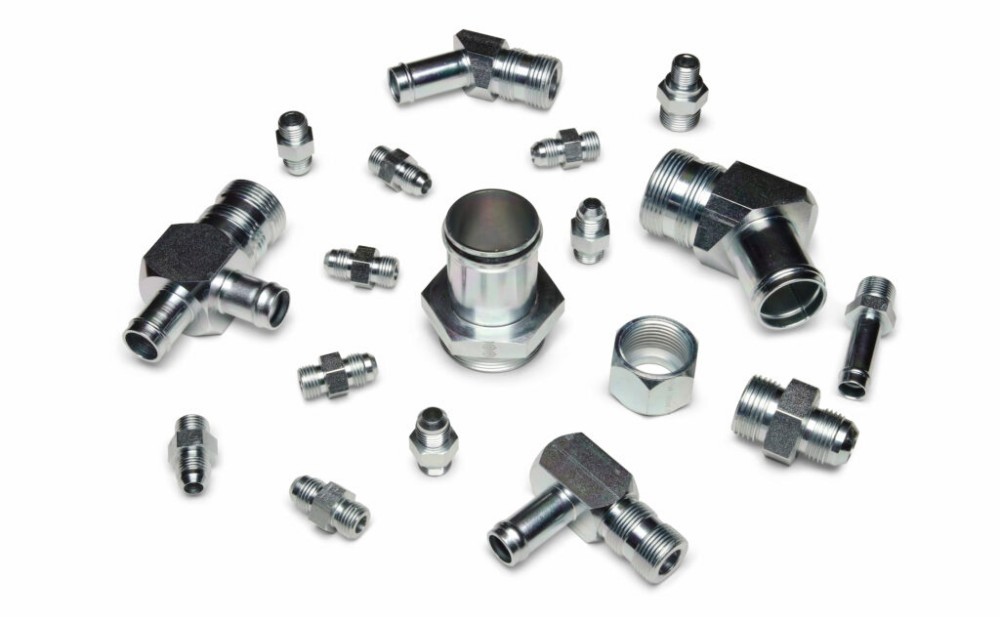
Turning parts of Zinc alloy
CNC Milling:
Milling is rarely required if zinc die castings require milling, as point face or milling may be preferable. If a milling operation is required, the following notes apply:
Zinc alloys are easy to grind. If the tool is sharp, provide abundant cutting fluid and set rigid,There should be no problem with chip formation surface finish or wear.
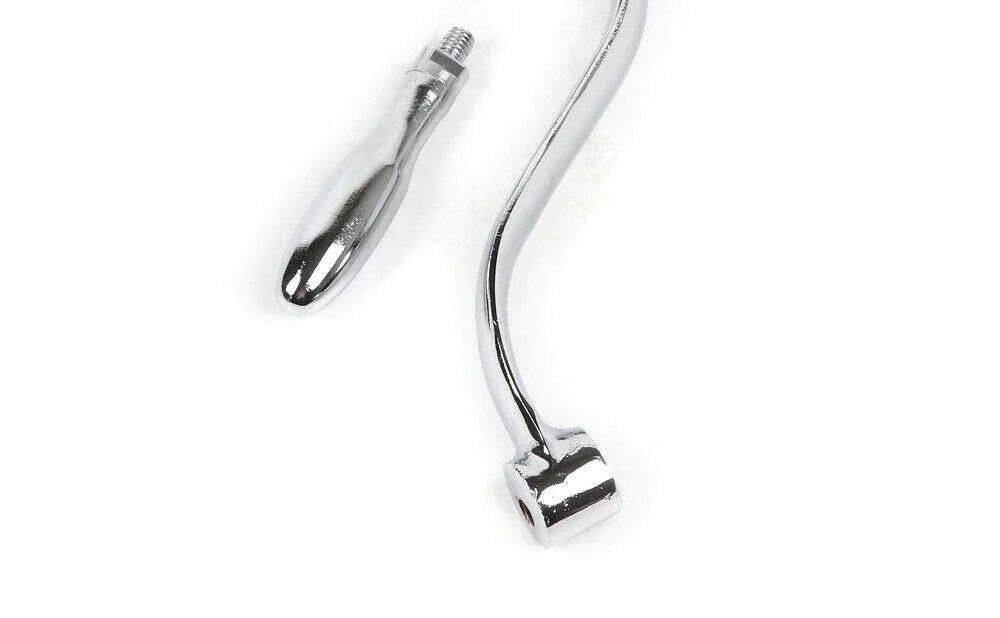
Milling parts of Zinc alloy
Surface Treatment :
Zinc alloys respond well to a variety of surface finishes. Some of the more common surface finishes for CNC machined zinc are listed below.
Plating:
Electroplating is the use of electrochemical methods in the surface treatment of zinc alloy castings plated with a decorative effect of copper, nickel, chromium, silver, gold and other metal layers. Zinc alloys are inexpensive and is an ideal material for cosmetic applications. They are easily chrome plated to produce parts with the feel and look of polished stainless steel at a fraction of the cost.
Painting:
Zinc is easy to paint as long as it receives the correct pre-treatment first. There are various ways to make paint adhere better to zinc surfaces. These include phosphate conversion coatings or zinc chromate - vinyl butyral primers. Once the surface is prepared, painting is simple.
Sandblasting:
Sandblasting is the use of mechanical shot blasting to treat the surface of zinc alloy castings into a biting or hemp sand surface effect.
Polishing:
Polishing is the mirror effect of polishing the zinc alloy casting with mechanical polishing.
Kesu Group specializes in machining zinc parts and assemblies using state-of-the-art CNC turning, CNC milling and 5-Axis CNC machine. Years of experience provide zinc expertise on properties and how this material group reacts during processing.Tool selection, depth of cut, mill/lathe feeds and speeds, chip control, and high-pressure coolant are critical to controlling the heat generation that causes part movement and tool deformation during machining. This level of skill ensures world-class precision machining that meets or exceeds the tightest tolerances. Our goal is to meet all reasonable needs of our customers as much as possible.
Cooperation Process
1. Contact us with the drawings of your products.
Files formats are accepted when clients send us drawing.
3D: Pro/E, UG
2D: Auto CAD
Accepted file format: .igs, .prt, .stp, .x_t, .dxf, .dwg, .pdf, .jpg, .tif, .bmp, .doc, .xls.
2. Receive our offer.
We will send you the quotation sheet as soon as possible.
3. Place the orders
4. Make payments.
5. Engineers write programs for products.
6. Production.
Machining types: CNC milling, CNC turning, grinding, stamping, bending, welding, die casting, drilling, tapping and injection molding.
CNC machining range:
Aluminum: 6061, 6063, 6061-T6, 7075, 5052, 2017, 6083.
* Steel: Q215,Q235,10# 15#, 45#, S136, SKD11,718H.
* Copper/brass / bronze.
* Titanium / TC4.
* Plastic: Delrin (POM), Teflon, Nylon, PA, PC, PMMA, Ultem (PEI), PTFE.
* Stainless steel: 303, 304, 316, 430, 420.
Surface treatment: laser engraving LOGO, Anodizing, Sandblasting, Plating chrome, Plating nickel, RoHS zin, Assembly, Welding, Heat treating, and so on.
7. QC checks the quality of machinery machining parts.
8. Packing.
9. Delivery.
For more information and consultation, contact us here!
Email:Pearl@kesugroup.com
Tel: +86 18897461780

